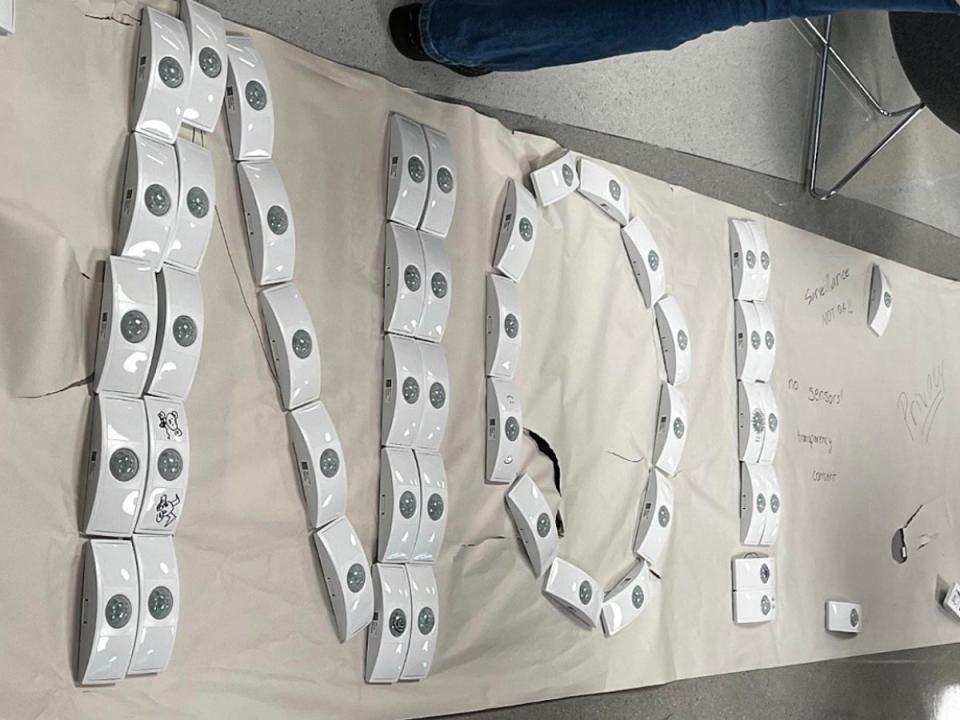Students uncover under-desk surveillance devices designed to track them

A US university has been accused of secretly installing invasive tracking devices to monitor students.
Heat sensors were reportedly placed under desks at Northeastern University’s Interdisciplinary Science & Engineering Complex, according to a blog post by PhD candidate Max von Hippel.
“The sensors were installed overnight and without our consent,” Mr von Hippel wrote in a post published on the Tech Workers Coalition website.
“Non-consensual surveillance is never OK and must be fought, whenever and wherever it happens.”
In an email to Senior Vice Provost David Luzzi, Mr von Hippel claimed that the sensors served no scientific purpose as the university could determine who was at the pre-assigned desks through database logs gathered by the card reader on the door.
Mr von Hippel described the sensors as “intimidating”, adding “they change our behaviours (students don’t want to be surveilled thus do not use their desks)”.
Students removed dozens of the devices and repurposed them for a public art project aimed at drawing attention to workplace surveillance.
After consultations with staff and faculty, the university responded by abandoning the desk occupancy tracking system and removing any remaining sensors from the building.
“For those of you who have engaged in discussion, please accept my gratitude for that engagement,” Mr Luzzi said in a statement.
A spokesperson for Northeastern University did not immediately respond to a request for comment from The Independent.
The practice of workplace surveillance has become increasingly common across a range of industries in recent years, aided by technologies designed to physically or electronically gauge workers’ productivity, performance or presence.
A rise in remote working during the Covid-19 pandemic saw some employers introduce software that would take random screenshots from an employee’s screen throughout the day, together with a photo of their face, in order to determine whether or not they were working.
An investigation by The New York Times earlier this year found that eight of the top 10 US employers were doing some form of individual employee productivity monitoring.

 Yahoo Finance
Yahoo Finance 